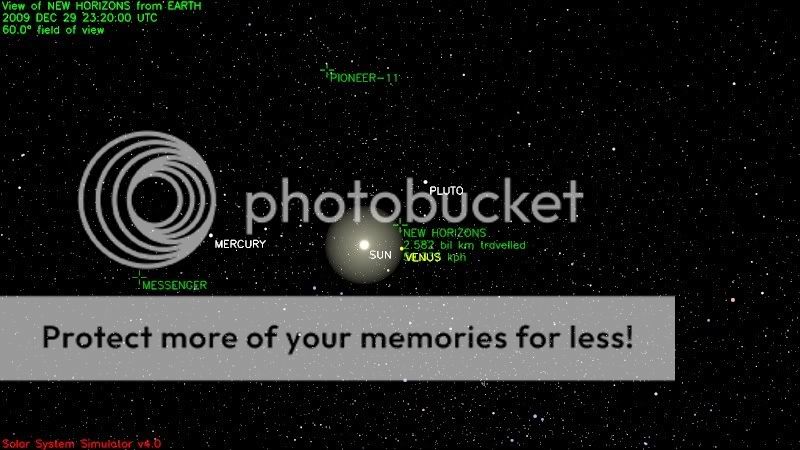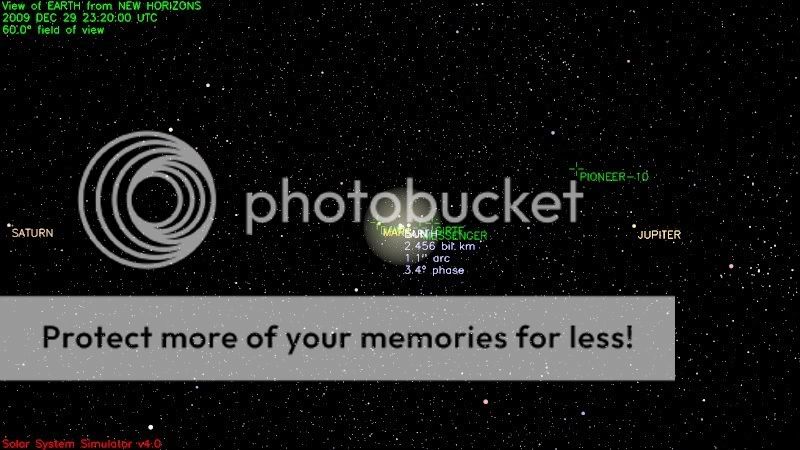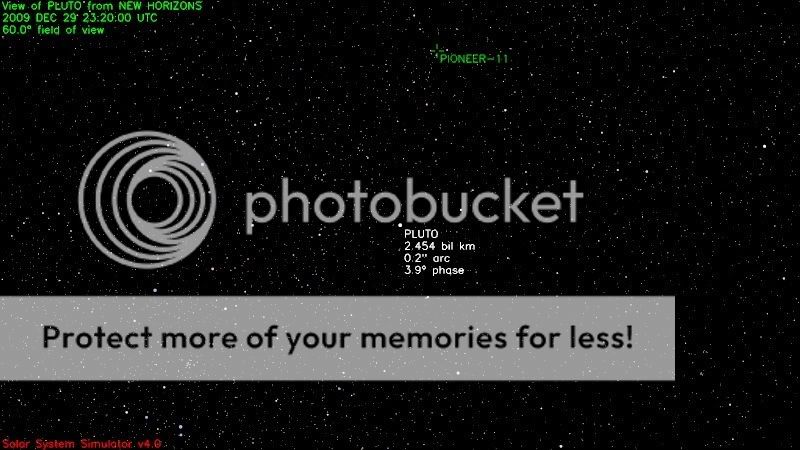brandbll":1gce0swu said:
Question: When NH arrives at Pluto, will it relay its signal back through another satellite or send it's signal back to Earth directly? If directly, is there a good chance some info it sends back could some how be missed by us?
Hi Brandon.
New Horizons will communicate with Earth directly, no relay required. Pointing of the HGA will be rehearsed thoroughly. IIRC the width of the signal from NH will be about 2 AU wide from Pluto, but will still be about 15,000 times stronger than the CBR, so reception will not be a problem.
Also the above observation whilst providing some new info on Neptune & Triton, through them being observed at a higher phase angle then is ever possible from Earth, resulting in new lightcurve & spectral data, was also a rehearsal in instrument & HGA pointing.
Don't worry about it. I'm not. Also worth remembering, Voyager 2 did just that at Neptune, the Pluto system encounter will use the same procedure that Voyager 2 used without incident.
Also New Horizons was designed for the Pluto system & the rest of the Kuiper Belt, Voyager 2 was NOT designed for Neptune. Uranus & Neptune were secondary extended mission targets, Jupiter & Saturn were primary. Voyager 2 had to be completely reprogrammed & the instruments totally recalibrated for Uranus & Neptune (owing to lower light levels & greater communicaions delays owing to the vastly greater distances).
With New Horizons there will be none of that. Pluto & Charon ARE the primary targets.
Talking of which, they will be seeable as separate bodies from the New Horizons LORRI camera from this September onwards. Hope we get to see that when that is attempted in the Autumn or Spring if you are south of the equator.
For those interested,
Simulated views of Earth & Neptune from New Horizins on: Thursday 16th October 2008, the date of the Neptune & Triton observation.
Looking back @ Earth.
Neptune.
Andrew Brown.











